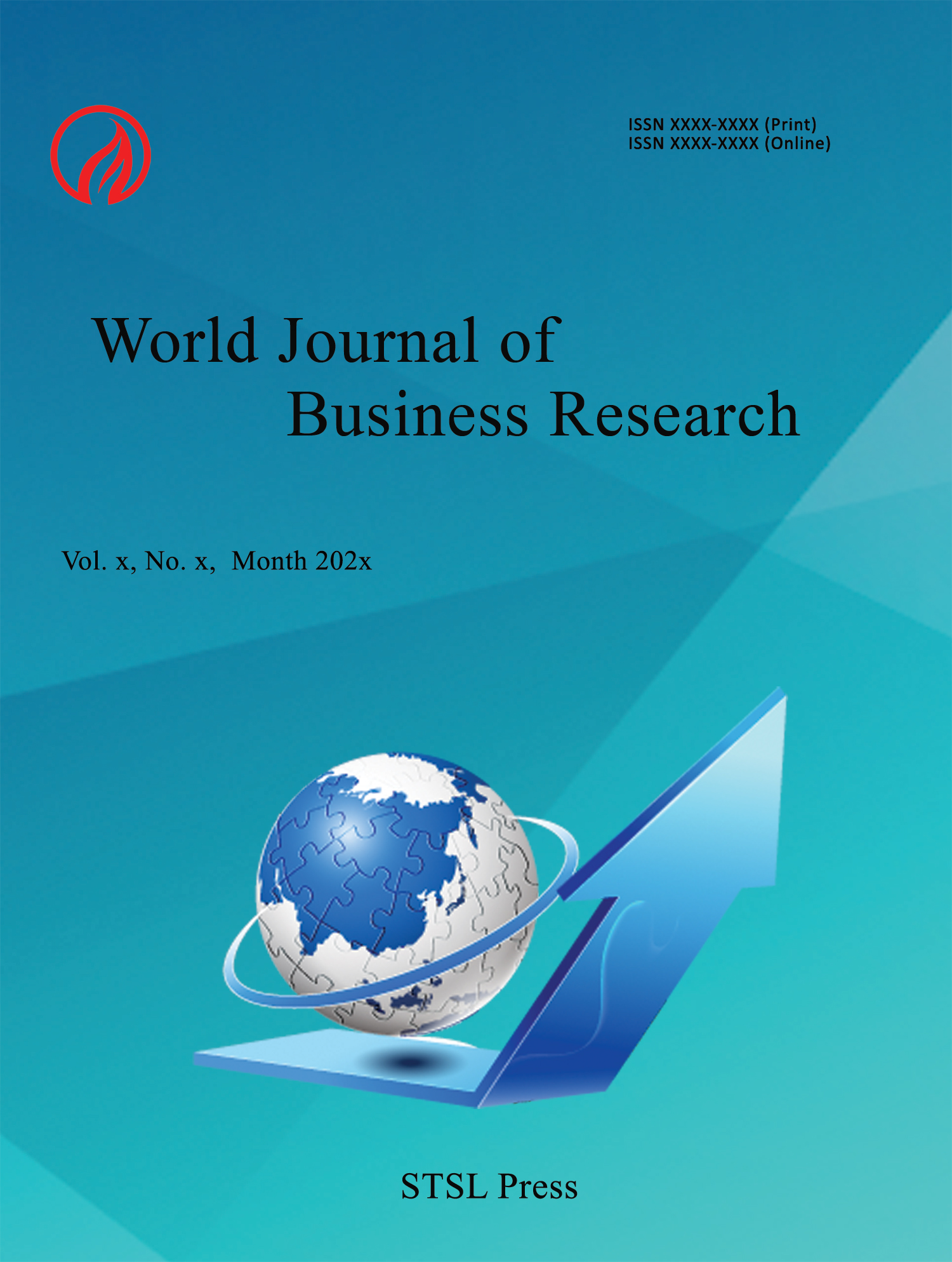Factors Affecting the Exchange Rate: Technical Forecasting
Dr. Ioannis N. Kallianiotis
Abstract
This paper is using a technical forecasting technic by using time series and charts to forecast the exchange rate. It is used a linear time trend, a long linear time trend, a quadratic trend, a polynomial time trend, and some time-series models (Autoregressive, Moving Average, and a mixed Autoregressive-Moving Average) to determine the trend of the exchange rate and the relative accuracy of these models’ forecasting. We compare their different statistics, the standard error of the regression (SER), the root mean squared error (RMSE), and other forecast errors to evaluate the results. The empirical results consider five different exchange rates between the U.S. dollar and the EMU (euro), the U.K. (pound), the Canadian (dollar), the Australian (dollar), and the Japanese (yen). The U.S. dollar shows its L-T weakness with respect the euro and the Japanese yen. The British pound, the Canadian dollar, and the Australian dollar are in a decline tendency with respect the U.S. dollar. The results of this technical analysis and the graphs, even though that they are not sophisticated economic models, are very helpful for the trends of the exchange rates.
Paper:
pdf
DOI:
 This work is licensed under a
Creative Commons Attribution 4.0 License.
This work is licensed under a
Creative Commons Attribution 4.0 License.
Contact us
- Colin Garcia
- wjbr@stslpress.org
